If your computer is infected with CryptoLocker ransomware virus and you are reading this page, then probably you are very concerned about your computer files. But don't worry! It's not so hard to eliminate CryptoLocker malware manually. In this post I'm going to show you detailed step-by-step instructions on how to remove CryptoLocker.
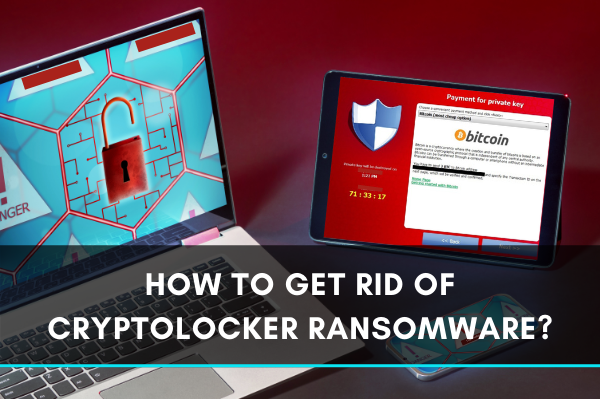
Over the past years, the CryptoLocker ransomware has become famous for encrypting your files. It can access your computer's systems and even put your data at risk. IT can ask for payments so you can access your files. It's described as a Trojan horse that disguises itself as licensed software.
Here are the different methods on how you can get rid of CryptoLocker ransomware.
Use Windows Safe Mode
Before you start rebooting, download and install anti-malware programs like Malwarebytes and HitmanPro on your computer if you can. Also, during the whole process, you may lose some of your files. If you're planning to have a backup by transferring your files into your USB or external hard drive, you risk moving the ransomware back into your computer.
The first thing to do is to restart your computer to Safe Mode. During Safe Mode, you will need to uninstall the program files that look suspicious to you. First, click on the Power button and choose the restart and the Shift key on the keyboard. Make sure you are holding the Shift key as you click Restart. If you are unable to log in, but you have access to the sign-in screen, you still need to do the following steps:
- As soon as your computer restarts, the screen will be blue, and it will ask you to choose an option. Select Troubleshoot.

- Then choose "Advanced options" then select Startup Settings.

- If you don't see it right away, click on the "See more recovery options" at the bottom of the screen, and it will direct you to more options like Startup Settings.
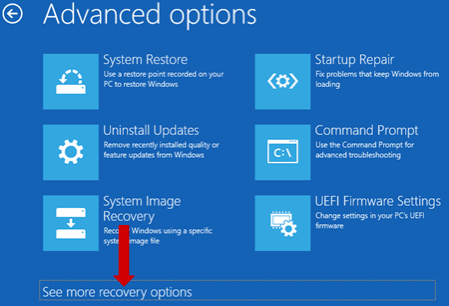
- From the Startup Settings, you will be able to change some Windows options. Choose Restart.
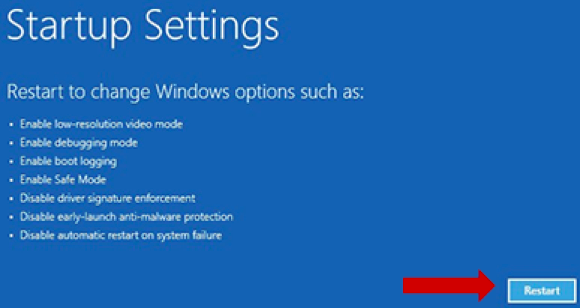
Your computer will restart again, and you will be asked to continue using different options. Opt for Safe Mode by pressing 4 or F4 on your keyboard. Pressing 5 or F5 will let you run in Safe Mode with Networking. The latter option is recommended if you haven't downloaded anti-malware programs yet.
Use an Anti-malware Program
If you have anti-malware programs installed on your computer, run them and scan with Malwarebytes. HitmanPro will be your second option for a malware detector. After Malwarebytes initially removed any suspicious content, HitmanPro will be the one to check if there are any ransomware hiding in your computer. Once the ransomware is completely removed, you will be prompted to restart your computer again.
Restore your Computer to its Previous State
- Go to the Control Panel, then choose System & Security.
- Choose System. On the left, you will see "Advanced system settings."
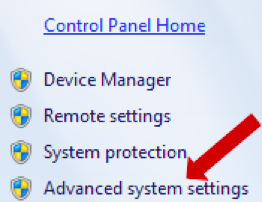
- Then choose System Protection, then System restore.
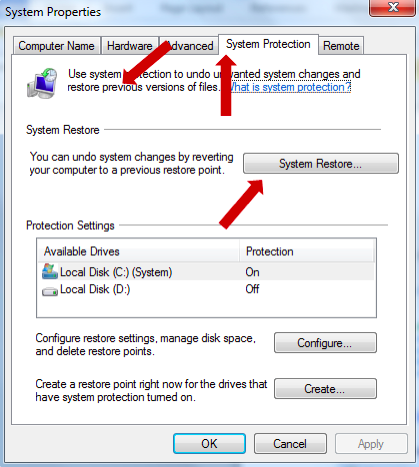
- It will show you an automatic restore point before your computer was infected.
- Choose the restore point you would like if there are multiple items.
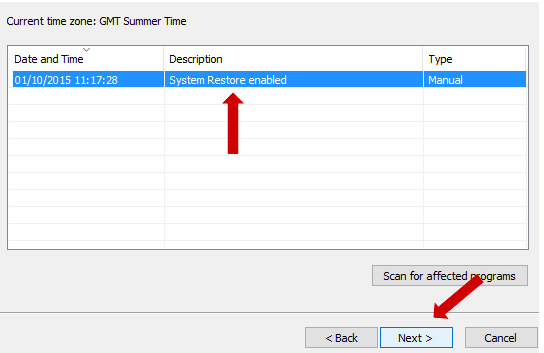
- A pop-up window will appear that will warn you the whole process will take a long time. Choose Yes.
Recover Your Files
To recover your files, go to the Control Panel and then choose System & Security. Then click on Backup and Restore. If Windows Backup hasn't been set up, follow these steps:
- Choose "Select another backup to choose files from".
- You will be asked which backup period will be restored and then select Next. Then choose "Browse for files".
- From there, choose "Backup from C", go to User, then Administrator. Click on the file you would like to restore and hit Next.
- You will be asked where you would like to put the restored file and then click Restore. Then choose Finish.
Final Words
Following these steps should remove any ransomware or malware in your computer. But you have to remember that removing malware from your computer will not decrypt your files. This only helps you restore and control the computer. For decrypting, it might be best to contact a specialist.
Summary: Get rid of CryptoLocker ransomware
- Getting rid of CryptoLocker is quite easy, but you might lose your files.
- Install an antivirus program.
- Remove the virus.
- Restore your files.